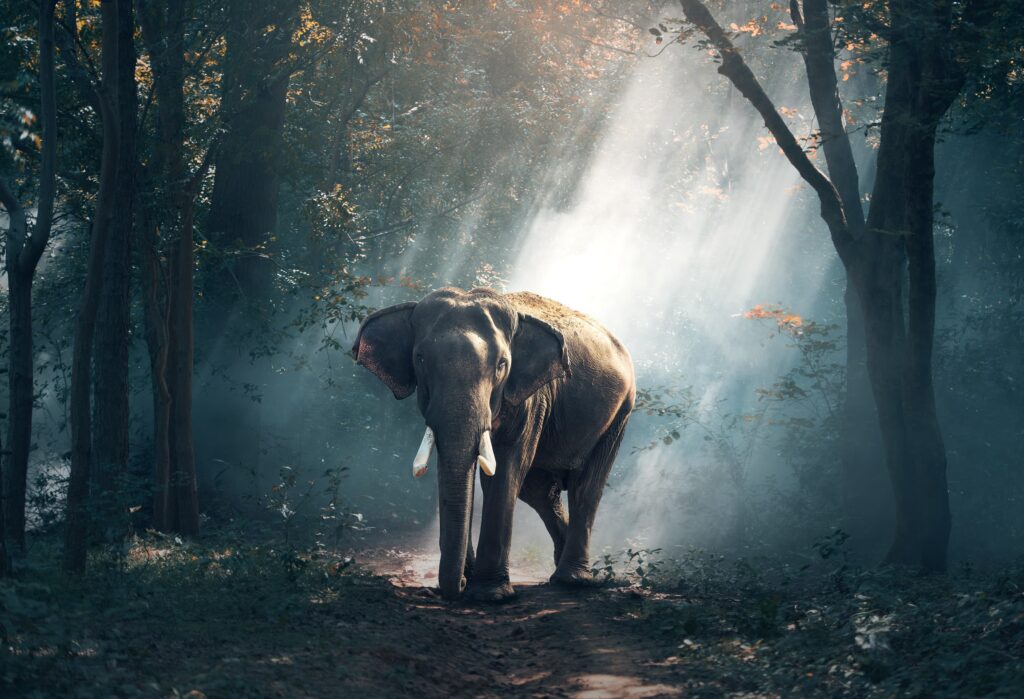Back in the 16th century, kings were first confronted with the fact that after active hunting the forests were no longer inhabited by game. Then the kings began to impose bans on the uncontrolled catching of animals and birds.
In the late 19th century, scientists began to realize that some animals could disappear forever, and in the early 20th century this understanding came to all people. In 1948, the International Union for the Conservation of Nature was organized. This Union created a special commission, which compiled lists of rare and endangered animals. All of them were recorded in the International Red Book – an encyclopedia of rare species.
In addition, many countries have published their own Red Books, of which there are already more than 250. Such animals are protected by the state, and hunting them is prohibited.
For the preservation of animals in different countries, special reserves, sanctuaries and nurseries are created. Some of the largest are:
- Northeast Greenland National Park;
- National Park in Alaska, USA;
- Limpopo Park in Africa;
- Great Marine Park in Australia;
- Hawaii National Park, USA;
- Coral Sea Nature Park in the islands of New Caledonia in the Pacific Ocean;
- Great Arctic Reserve, Russia.
